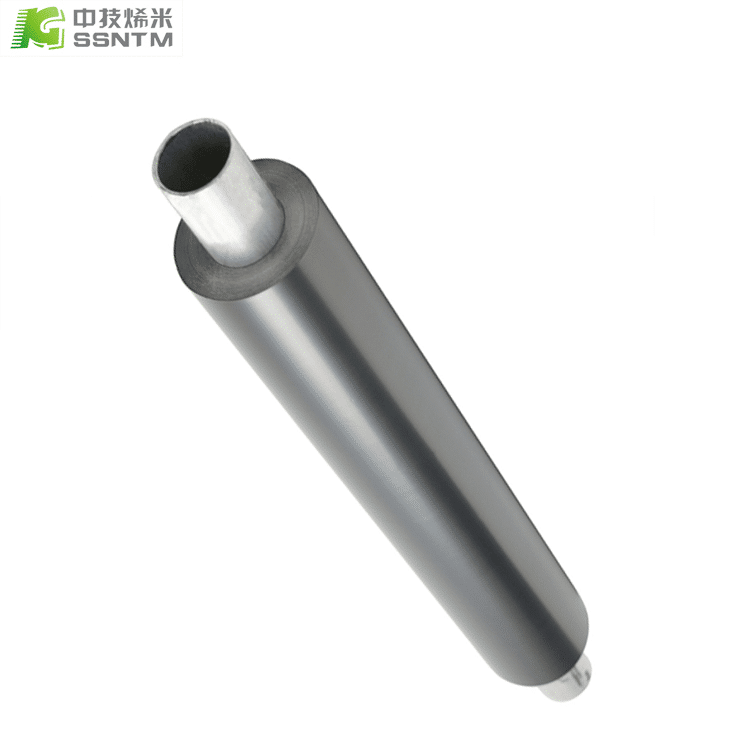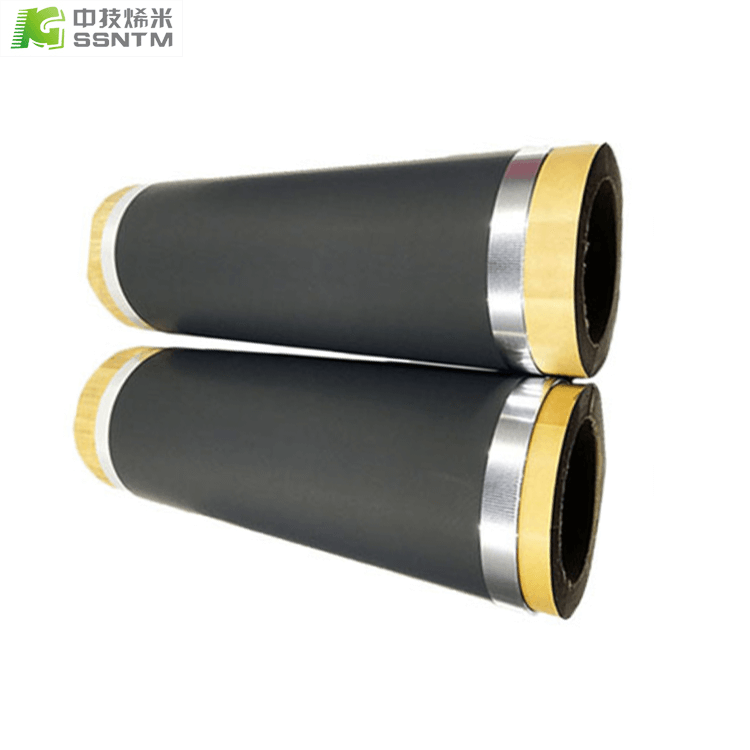Effect of copper foil and aluminum foil on lithium batteries
Copper foil and aluminum foil are used in lithium-ion batteries as electrodes and current collectors. They can have different effects on the performance of the batteries:
Conductivity: Both copper and aluminum foils have high electrical conductivity, which is important for the battery to deliver high current output. However, copper foil has slightly higher conductivity than aluminum foil.
Corrosion resistance: Aluminum foil is more corrosion-resistant than copper foil, especially when it comes to oxidation. This means that aluminum foil is less likely to degrade over time due to exposure to the electrolyte in the battery.
Adhesion: Copper foil has stronger adhesion with active materials used in the negative electrode of the battery, while aluminum foil adheres better to the materials used in the positive electrode.
Density: Aluminum foil is lighter than copper foil. Using aluminum instead of copper foils could lead to lighter and more compact batteries.
Overall, copper foil is commonly used for the negative electrode while aluminum foil is used for the positive electrode in lithium-ion batteries. The choice of foil will depend on the design requirements of the battery.



